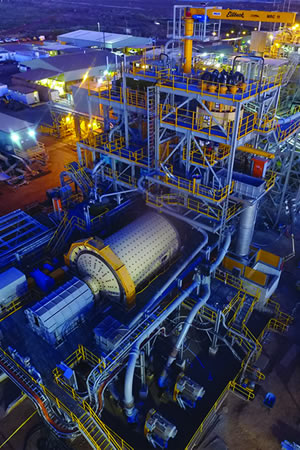 Marking one year since the recommendations from the Taskforce on Climate-Related Financial Disclosure (TCFD), this report is an initial step to build understanding of the gold industry’s greenhouse gas emissions (GHG) footprint, the efforts already underway to reduce emissions and gold’s role in improving energy efficiency and developing low carbon technologies.
Marking one year since the recommendations from the Taskforce on Climate-Related Financial Disclosure (TCFD), this report is an initial step to build understanding of the gold industry’s greenhouse gas emissions (GHG) footprint, the efforts already underway to reduce emissions and gold’s role in improving energy efficiency and developing low carbon technologies.
Acknowledging that limited data currently exists, the key findings include:
- The total volume of carbon emissions for global gold production is significantly smaller than most other major mined products, including steel, aluminium and coal.
- Leading responsible gold miners are actively making operational changes to reduce GHG emissions and improve energy efficiency
- Gold itself may play an important role in technologies that help facilitate the transition to a low carbon economy.
- Gold can play a positive role in enhancing the sustainability profile, and reducing the carbon footprint, of investment portfolios over time.
This work is an important initial step in providing investors with greater clarity around gold’s impact on climate change.
